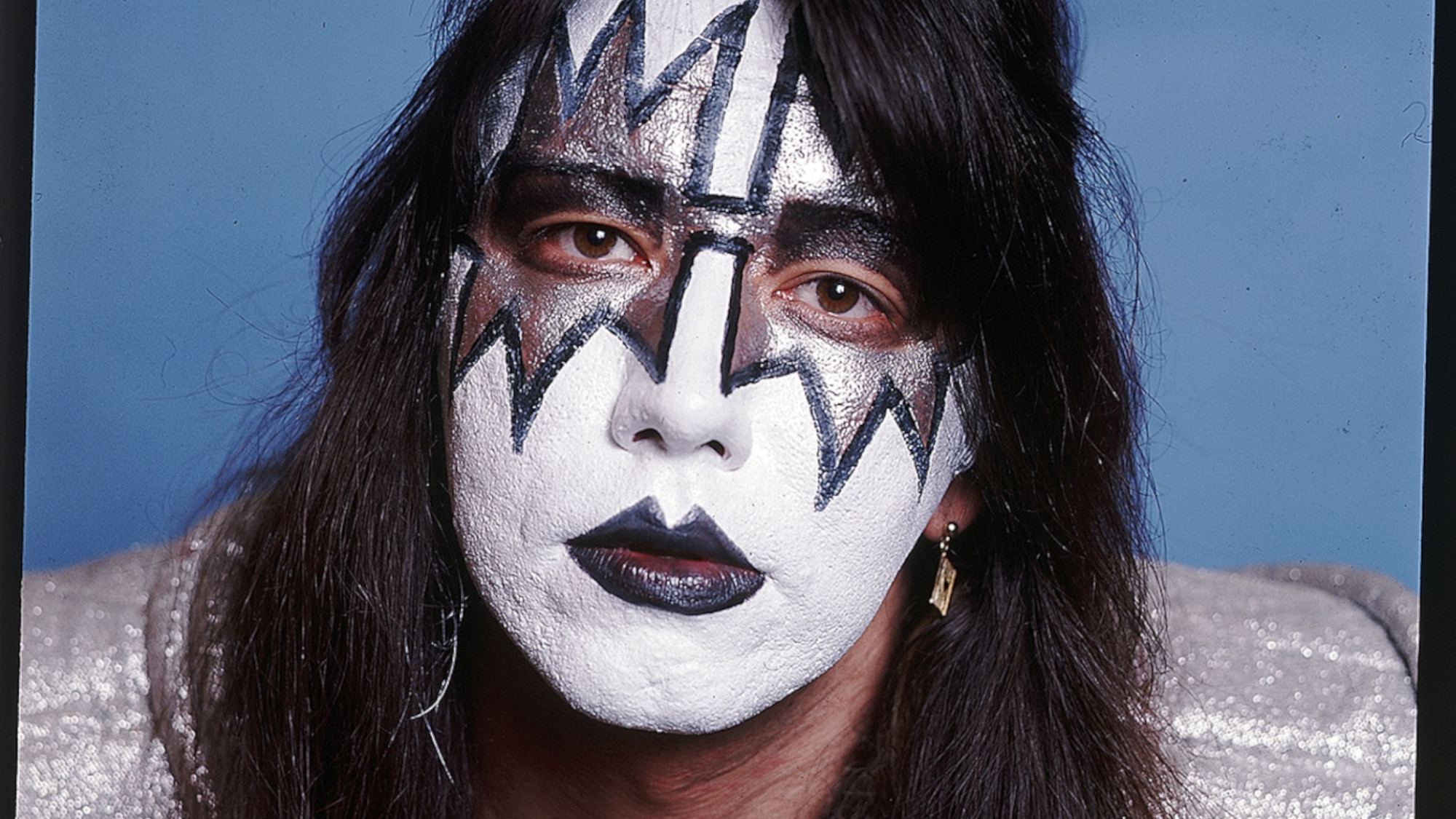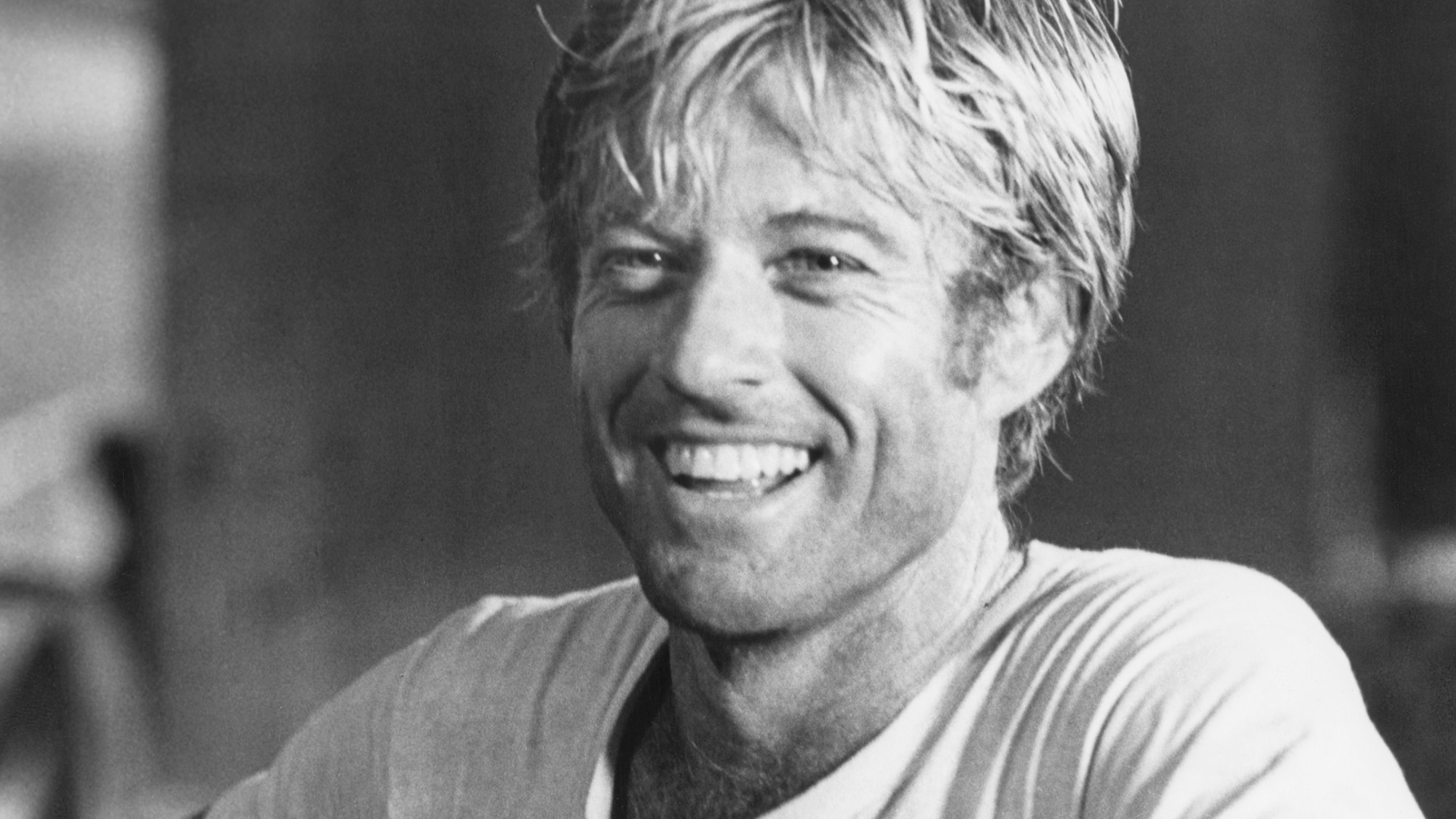Kitty Wells, 1919–2012
The trailblazing ‘Queen of Country Music’
Kitty Wells was about to quit performing and become a housewife when she entered a Nashville studio in 1952 to record a riposte to the country hit of the day. Hank Thompson’s “The Wild Side of Life” blamed a “honky-tonk angel” for breaking up a man’s marriage. In direct response, Wells’s “It Wasn’t God Who Made Honky-Tonk Angels” took issue with blaming the woman. “Too many times married men think they’re still single,” she sang in unwavering tones. “That has caused many a good girl to go wrong.”
Wells’s hit was “as brash and defiant for its time as more celebrated musical revolutions to come involving Elvis Presley’s thrusting hips and the Beatles’ rock expansion,” said the Los Angeles Times. The NBC radio network and the Grand Ole Opry banned the song for being too suggestive, but soon relented, in part because Wells herself was unfailingly demure, said The New York Times. “At a time when divorce rates were rising and sexual mores changing in postwar America, the song, with lyrics by J.D. Miller, resounded like a
protofeminist anthem.”
The Week
Escape your echo chamber. Get the facts behind the news, plus analysis from multiple perspectives.

Sign up for The Week's Free Newsletters
From our morning news briefing to a weekly Good News Newsletter, get the best of The Week delivered directly to your inbox.
From our morning news briefing to a weekly Good News Newsletter, get the best of The Week delivered directly to your inbox.
Wells was an unlikely revolutionary. Born in Nashville as Muriel Ellen Deason, she recorded gospel and country songs in childhood before marrying country musician Johnnie Wright, who encouraged her to adopt her stage name. Known as the “Queen of Country Music” she “effectively kicked down the doors for every female superstar in the genre that has come since,” said Billboard. Wells regularly appeared on the country charts from 1952 through 1979, and remains the third most successful “of any female vocalist in the genre’s history."
A free daily email with the biggest news stories of the day – and the best features from TheWeek.com
-
 ‘Care fractures after birth’
‘Care fractures after birth’instant opinion Opinion, comment and editorials of the day
-
 Shots fired in the US-EU war over digital censorship
Shots fired in the US-EU war over digital censorshipIN THE SPOTLIGHT The Trump administration risks opening a dangerous new front in the battle of real-world consequences for online action
-
 What will the US economy look like in 2026?
What will the US economy look like in 2026?Today’s Big Question Wall Street is bullish, but uncertain
-
 Joanna Trollope: novelist who had a No. 1 bestseller with The Rector’s Wife
Joanna Trollope: novelist who had a No. 1 bestseller with The Rector’s WifeIn the Spotlight Trollope found fame with intelligent novels about the dramas and dilemmas of modern women
-
 Frank Gehry: the architect who made buildings flow like water
Frank Gehry: the architect who made buildings flow like waterFeature The revered building master died at the age of 96
-
 R&B singer D’Angelo
R&B singer D’AngeloFeature A reclusive visionary who transformed the genre
-
 Kiss guitarist Ace Frehley
Kiss guitarist Ace FrehleyFeature The rocker who shot fireworks from his guitar
-
 Robert Redford: the Hollywood icon who founded the Sundance Film Festival
Robert Redford: the Hollywood icon who founded the Sundance Film FestivalFeature Redford’s most lasting influence may have been as the man who ‘invigorated American independent cinema’ through Sundance
-
 Patrick Hemingway: The Hemingway son who tended to his father’s legacy
Patrick Hemingway: The Hemingway son who tended to his father’s legacyFeature He was comfortable in the shadow of his famous father, Ernest Hemingway
-
 Giorgio Armani obituary: designer revolutionised the business of fashion
Giorgio Armani obituary: designer revolutionised the business of fashionIn the Spotlight ‘King Giorgio’ came from humble beginnings to become a titan of the fashion industry and redefine 20th-century clothing
-
 Ozzy Osbourne obituary: heavy metal wildman and lovable reality TV dad
Ozzy Osbourne obituary: heavy metal wildman and lovable reality TV dadIn the Spotlight For Osbourne, metal was 'not the music of hell but rather the music of Earth, not a fantasy but a survival guide'